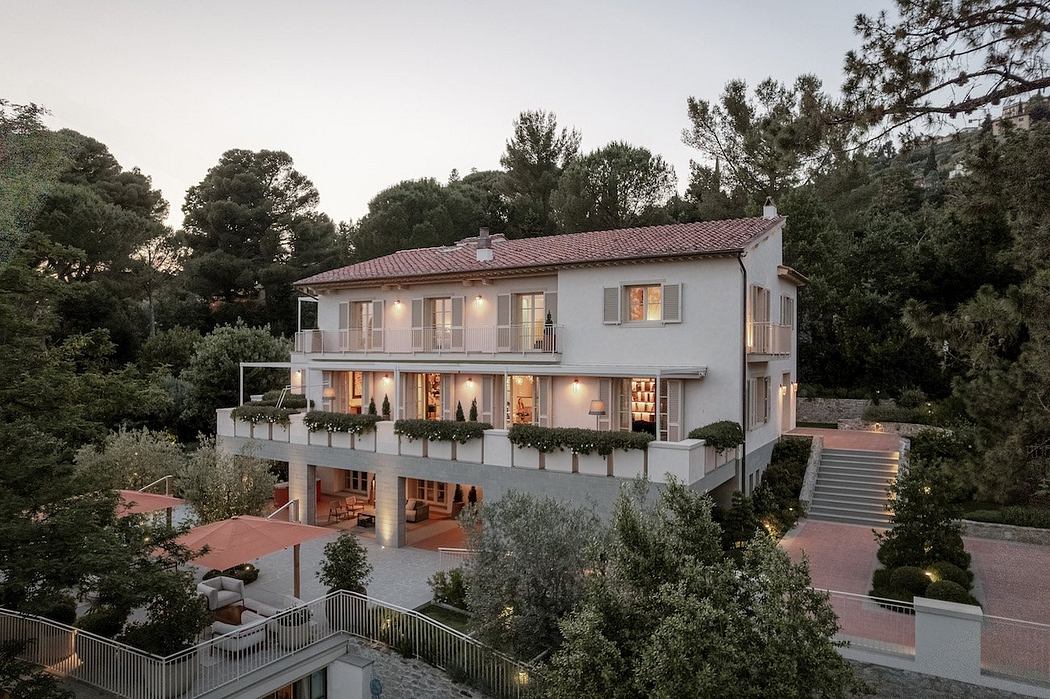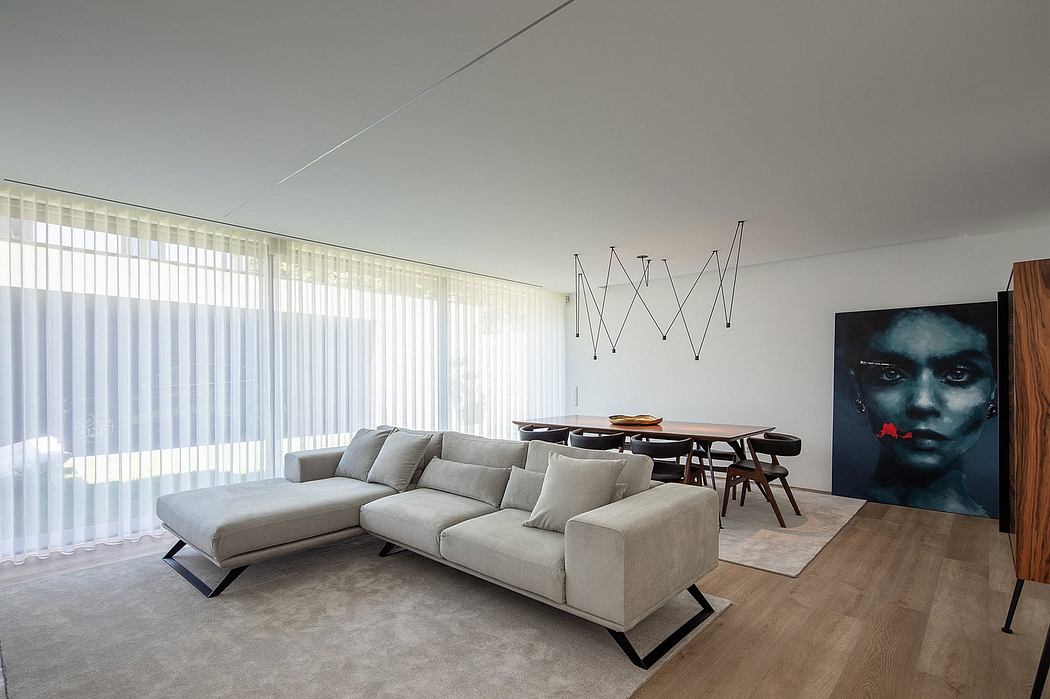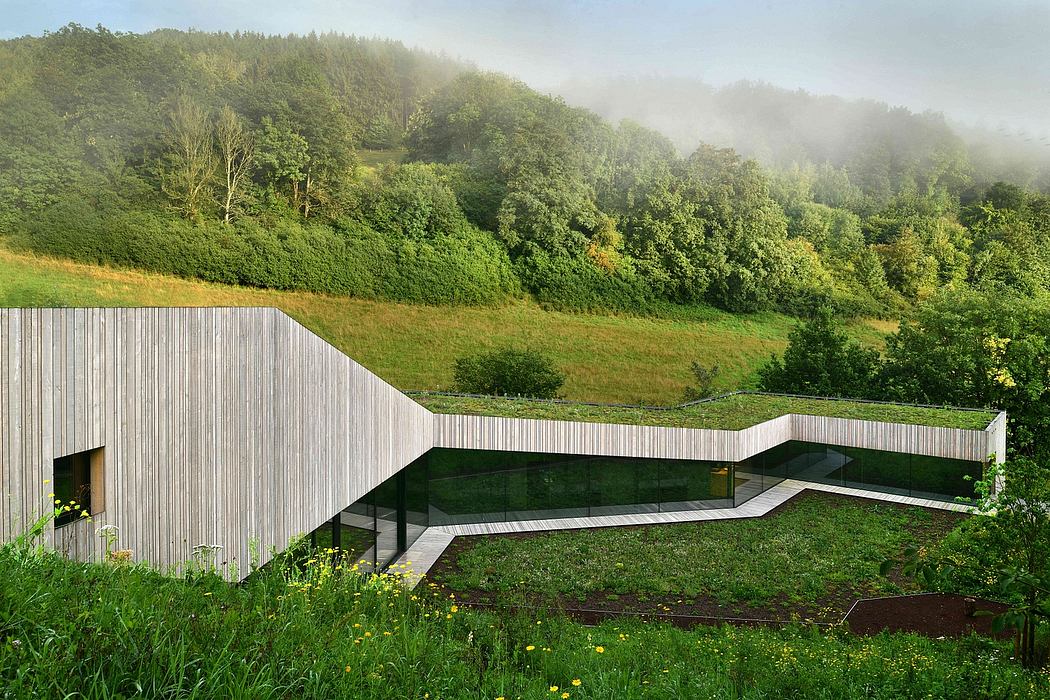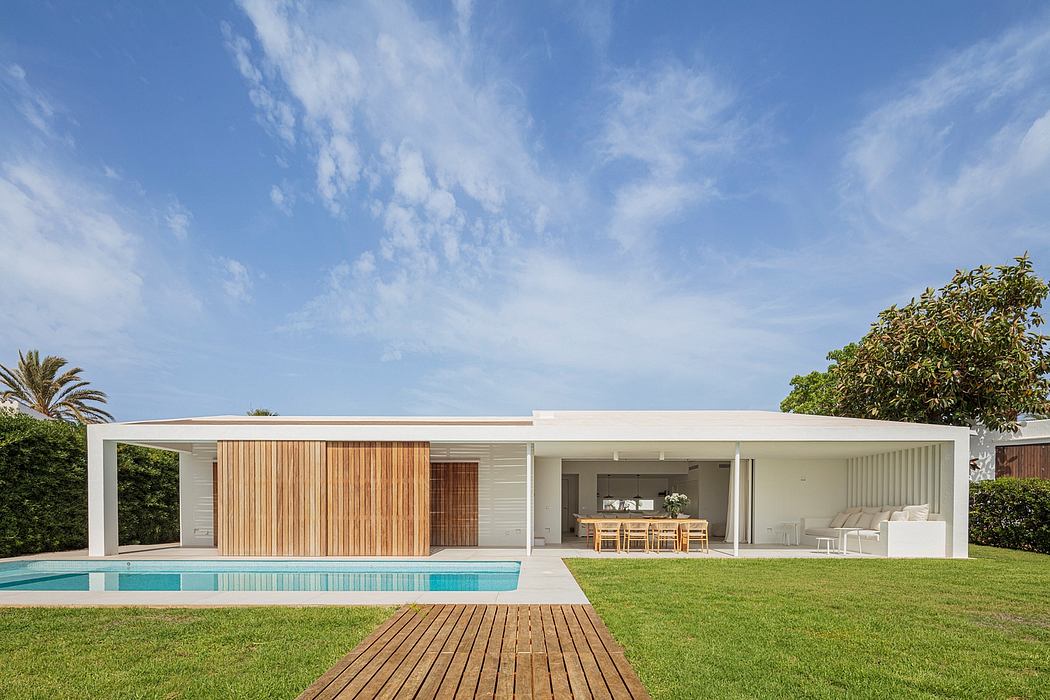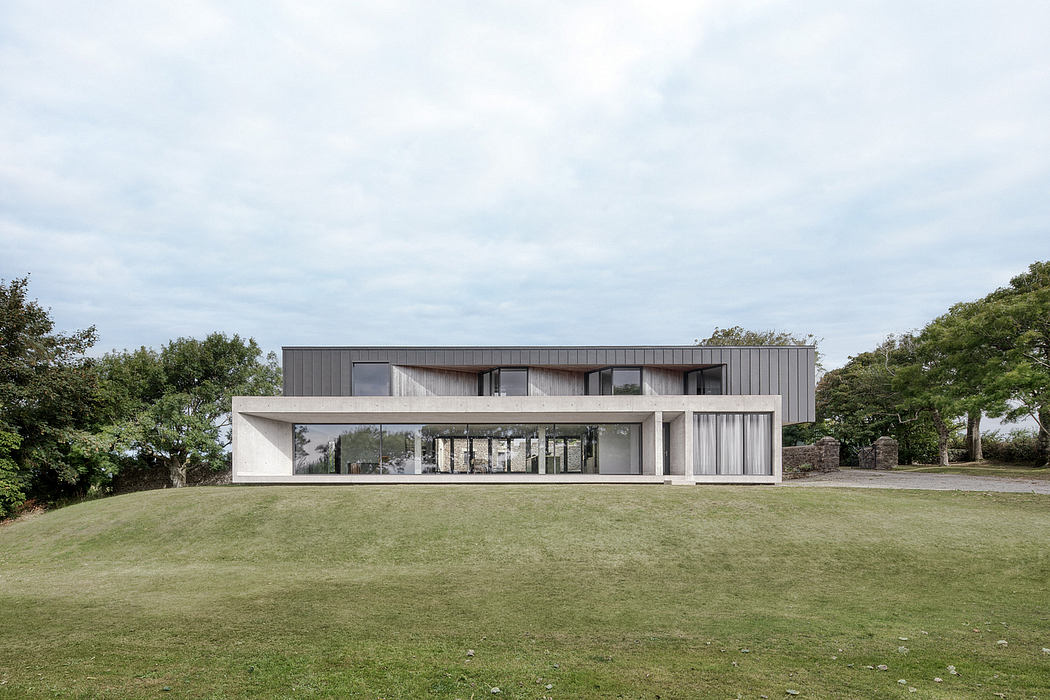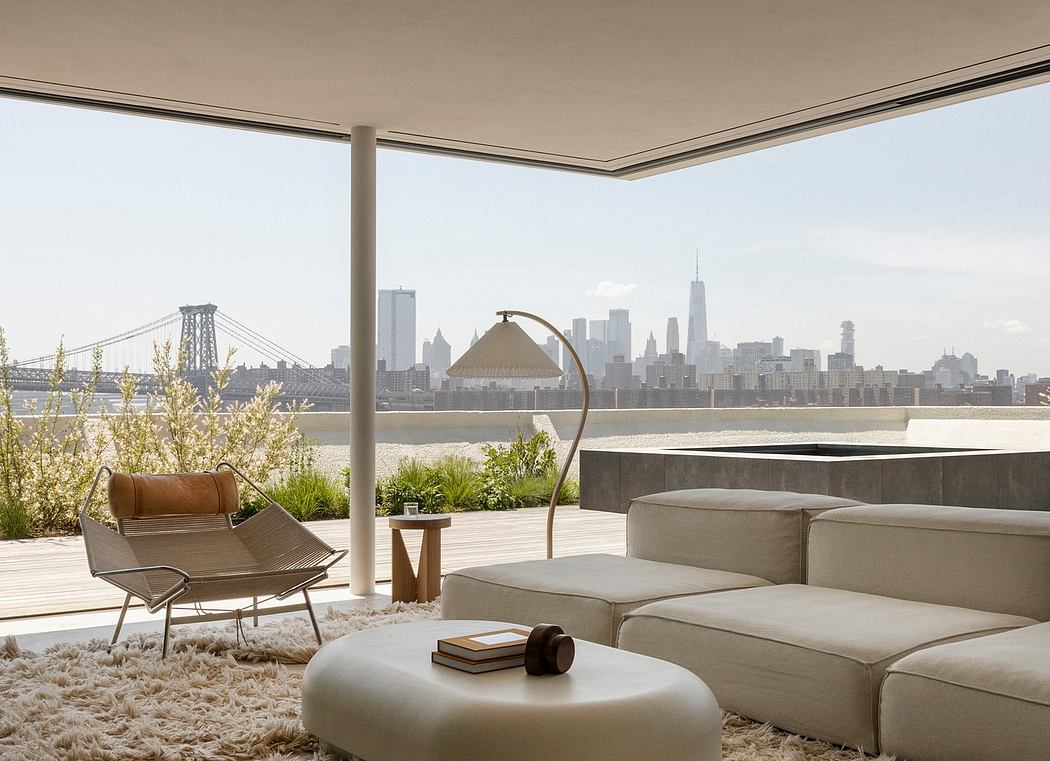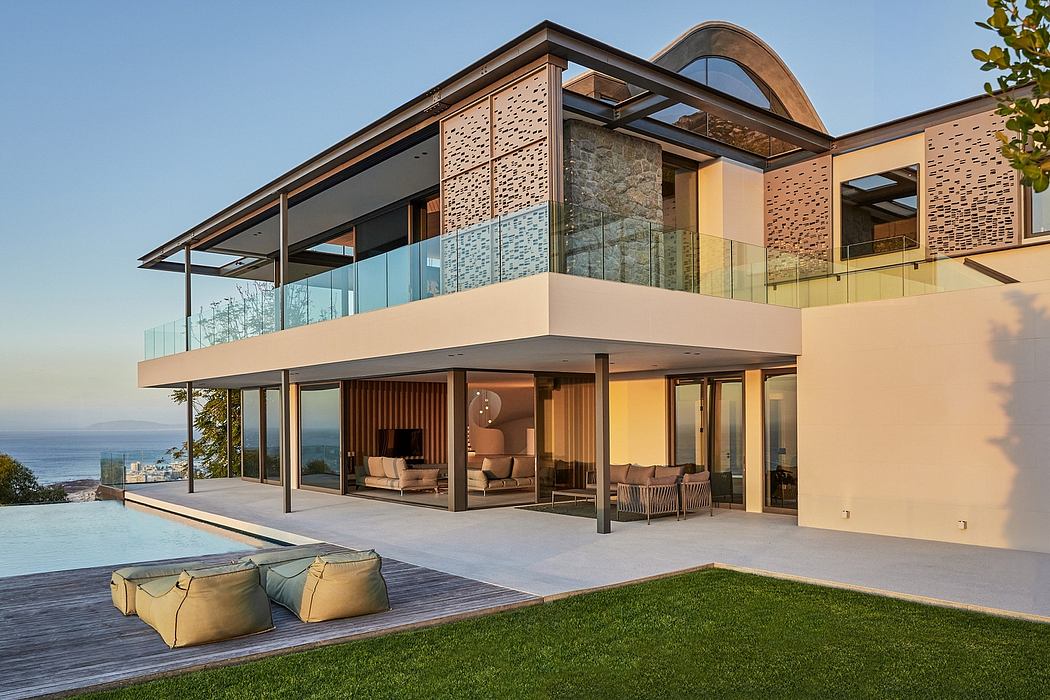This Complex Concrete Column Was Made Using 3D-Printed Formwork

While large-scale 3D printing for architecture continues to be a busy area of research, France-based company XtreeEÂ has been using 3D printed concrete in projects since 2015. Their latest creation is an organic truss-style support structure for a preschool playground in Aix-en-Provence.
© Lisa Ricciotti
While large-scale 3D printing for architecture continues to be a busy area of research, France-based company XtreeEÂ has been using 3D printed concrete in projects since 2015. Their latest creation is an organic truss-style support structure for a preschool playground in Aix-en-Provence.
© Lisa Ricciotti
The project for the building itself was designed by Marc Dalibard, but XtreeE executed the final design and production of the concrete column. The finished piece stands 4 meters tall and blends seamlessly with the concrete of the preschool building.
© Lisa Ricciotti
To create the structure, XtreeE programmed an industrial robot arm to extrude a special mixture of concrete to form the "envelope," or outer layer, of the organic structure. The hollow envelope was then filled with LafargeHolcim concrete and filed to remove the appearance of each printed layer, creating a smooth surface that calls to mind the twisted roots of a tree.Â
Courtesy of XtreeE
The structure was printed in segments at the XtreeE studio and then assembled on site. The printing process alone took over 15 hours--however, once the prin...
© Lisa Ricciotti
While large-scale 3D printing for architecture continues to be a busy area of research, France-based company XtreeEÂ has been using 3D printed concrete in projects since 2015. Their latest creation is an organic truss-style support structure for a preschool playground in Aix-en-Provence.
© Lisa Ricciotti
The project for the building itself was designed by Marc Dalibard, but XtreeE executed the final design and production of the concrete column. The finished piece stands 4 meters tall and blends seamlessly with the concrete of the preschool building.
© Lisa Ricciotti
To create the structure, XtreeE programmed an industrial robot arm to extrude a special mixture of concrete to form the "envelope," or outer layer, of the organic structure. The hollow envelope was then filled with LafargeHolcim concrete and filed to remove the appearance of each printed layer, creating a smooth surface that calls to mind the twisted roots of a tree.Â
Courtesy of XtreeE
The structure was printed in segments at the XtreeE studio and then assembled on site. The printing process alone took over 15 hours--however, once the prin...
| -------------------------------- |
|
|
Villa M by Pierattelli Architetture Modernizes 1950s Florence Estate
31-10-2024 03:55 - (
architecture )
Leça da Palmeira House by Raulino Silva
31-10-2024 03:55 - (
architecture )

